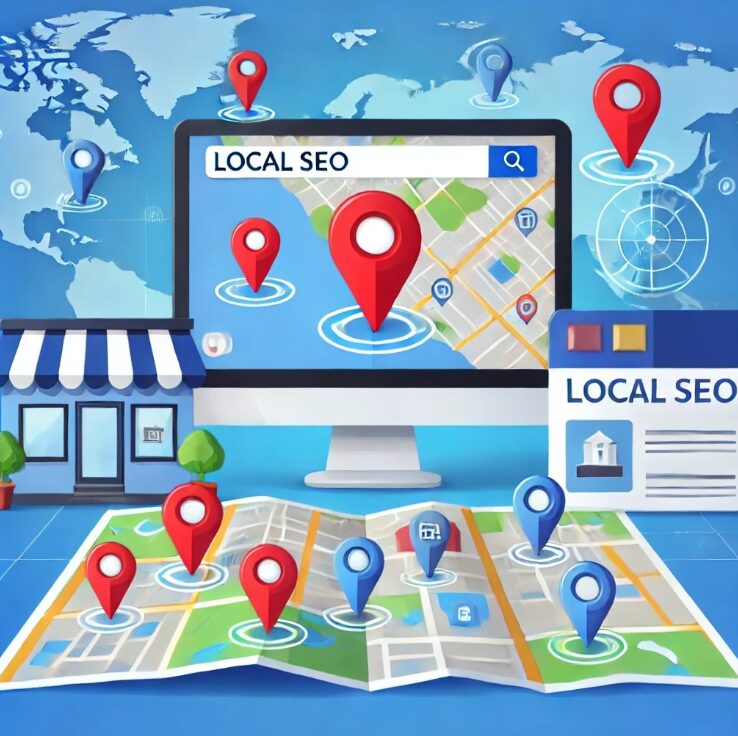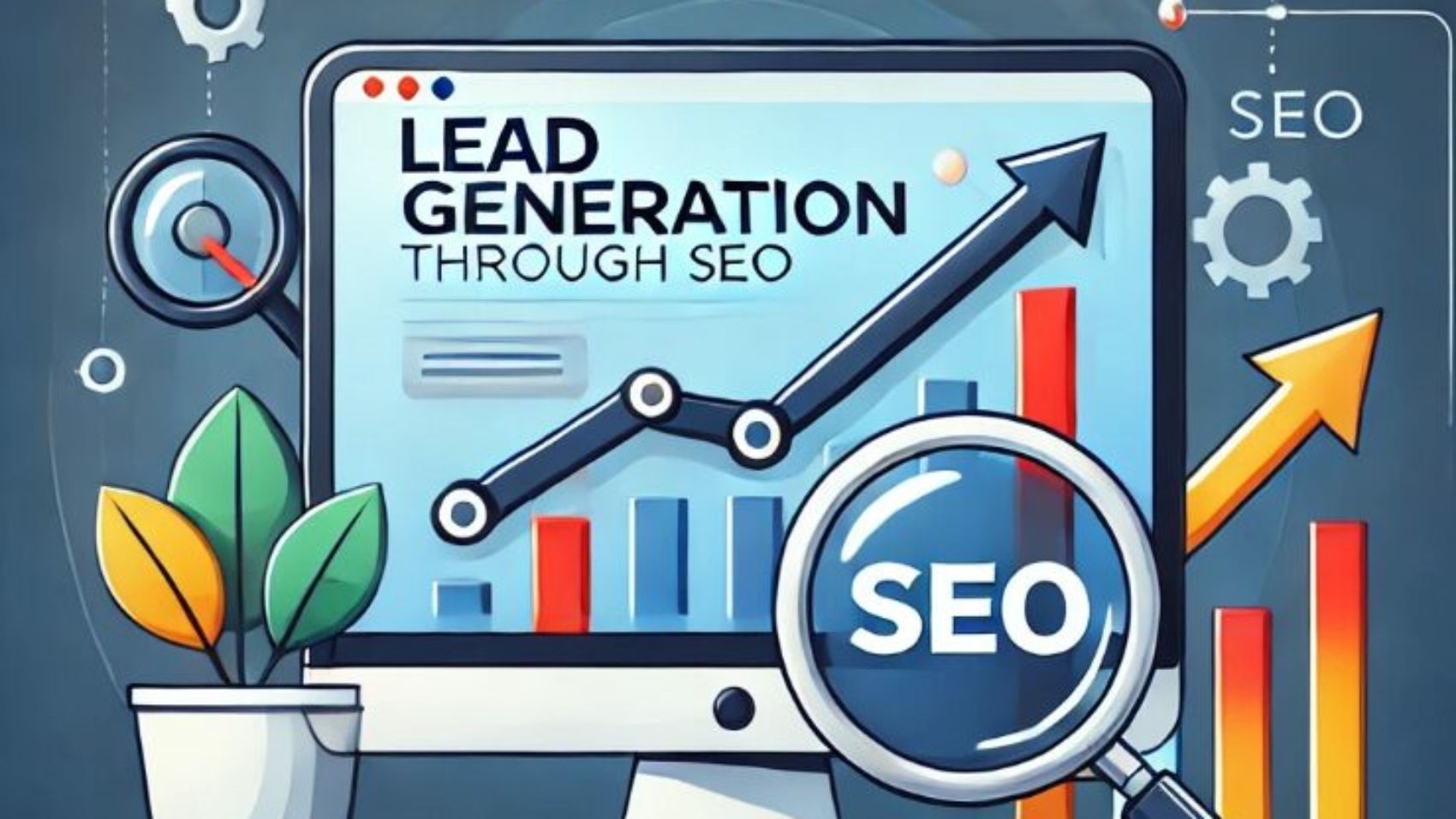Local search engine optimization (SEO) has become an indispensable tool for businesses of all sizes. Helium SEO, a leading digital SEO agency, understands that local SEO is not just a buzzword but a powerful strategy that can significantly impact a company’s online visibility and bottom line.


Understanding Local SEO
Local SEO is a specialized branch of search engine optimization that focuses on improving a business’s visibility in local search results. It’s the process of optimizing your online presence to attract more customers from relevant local searches.We offer our Minneapolis SEO services to help businesses thrive in the competitive Twin Cities market.
Local SEO vs. Traditional SEO
While traditional SEO and local SEO share some common principles, they differ in several key areas. Understanding these differences is best for businesses looking to optimize their online presence effectively.- Geographic Targeting: Local SEO focuses on ranking for searches in a specific geographic area, while traditional SEO often targets a broader, sometimes global, audience. This means local SEO strategies often incorporate location-specific keywords and content.
- Ranking Factors: Local SEO places more emphasis on factors like Google Business Profile optimization, local citations, and proximity to the searcher. Traditional SEO focuses more on domain authority, content quality, and overall backlink profiles.
- User Intent: Local SEO caters to users with location-specific intent, often looking for immediate solutions or nearby businesses. Traditional SEO may target a wider range of user intents, from informational to transactional.
- Conversion Goals: Local SEO often aims for physical visits or local conversions, such as phone calls or in-store purchases. Traditional SEO may have broader conversion goals, including online purchases, form submissions, or content engagement.
- Search Results Display: Local SEO efforts can result in appearances in the Local Pack, Google Maps, and location-based featured snippets. Traditional SEO focuses on organic search results and non-location-specific featured snippets.
The Basics of Local SEO
Local SEO revolves around making your business more visible to potential customers in your area who are actively searching for the products or services you offer. By implementing local SEO strategies, you’re essentially putting your business on the digital map, making it easier for local customers to find and choose you over competitors.Elements of Local SEO
- Google Business Profile: Optimizing your Google Business Profile listing
- Local Citations: Ensuring consistent business information across online directories
- Online Reviews: Managing and responding to customer reviews
- On-Page Optimization: Incorporating location-specific keywords into your website content
- Local Link Building: Acquiring backlinks from other local businesses and organizations
Trends Shaping Local Search Behavior
The importance of local SEO has grown exponentially in recent years, driven by several important factors:Mobile Search Dominance
- With the ubiquity of smartphones, mobile searches have overtaken desktop searches.
- A significant portion of Google searches have local intent, and many people who conduct a local search on their smartphone visit a physical store within a day.
- This shift in consumer behavior underscores the need for businesses to optimize for local mobile searches.
The Rise of Voice Search
- Voice-activated digital assistants have revolutionized how people conduct searches.
- Voice searches are often more conversational and location-specific, making local SEO even more important.
- Businesses need to optimize for natural language queries to capture this growing segment of searchers.
Google’s Local-First Approach
- Google has continually updated its algorithms to prioritize local results, recognizing the importance of delivering relevant, location-based information to users.
- The introduction of the “Local Pack” in search results, which displays the top three local businesses for a given query, has made local SEO a competitive necessity.
Businesses in the Queen City can benefit from our Charlotte SEO services, tailored to the local market.
Benefits of Local SEO for Your Business
Implementing a strong local SEO strategy can yield numerous benefits:- Increased Visibility: Improve your chances of appearing in the Local Pack, Google Maps, and organic search results for relevant local queries.
- Higher Conversion Rates: Local searches often have high commercial intent, leading to better conversion rates.
- Improved Trust and Credibility: A strong local online presence builds trust with potential customers and enhances your business’s credibility.
- Cost-Effectiveness: Compared to traditional advertising methods, local SEO offers a more cost-effective way to reach your target audience.
Our Atlanta SEO services are designed to boost visibility for companies in the bustling metropolitan area.
Strategies for Local SEO Success
To maximize your local SEO efforts, consider these strategies:Optimizing Your Google Business Profile
Your Google Business Profile is the cornerstone of your local SEO efforts. Here’s how to optimize it:- Claim and verify your listing
- Provide accurate and comprehensive business information
- Add high-quality photos and videos
- Encourage and respond to customer reviews
- Use Google Posts to share updates and offers
Building and Managing Local Citations
- Consistent and accurate business information across various online directories is best for local SEO success.
- Double check your name, address, and phone number (NAP) are identical across all platforms to build trust with search engines and potential customers.
Implementing On-Page Optimization for Local Search
- Optimize your website’s content, meta tags, and headers to include location-specific keywords.
- Create dedicated pages for each location if you have multiple branches. Incorporate local landmarks, events, and news to demonstrate your connection to the local community.
- Understanding what is landing page in SEO is important for optimizing your local business website for conversions.
Developing a Review Management Strategy
Online reviews play a significant role in local SEO and consumer decision-making. Here’s how to manage them effectively:- Encourage satisfied customers to leave reviews
- Respond promptly to all feedback, both positive and negative
- Address negative reviews professionally and constructively
- Monitor your online reputation across various platforms
Creating Localized Content
Develop content that speaks directly to your local audience, addressing local issues, events, and topics relevant to your community. This can include:- Blog posts about local events or news
- Location-specific landing pages
- Customer success stories featuring local clients
- Guides to local attractions or resources related to your industry

Social Media in Local SEO
While not a direct ranking factor, social media can significantly impact your local SEO efforts. A strong social media presence can enhance your local visibility, engage your community, and indirectly boost your local search rankings.- Increase Local Engagement: Use social platforms to engage with your local community. Share local content, promote events, and interact with local customers. This engagement can drive traffic to your website and increase brand awareness in your local area.
- Boost Local Brand Awareness: Consistent social media activity can increase your brand’s visibility and recognition in local search results. When people search for local businesses, they may recognize your brand from social media interactions.
- Drive Traffic to Your Website: Share links to your location-specific content on social media to drive local traffic to your website. This increased traffic can positively impact your local search rankings.
- Encourage Reviews and Check-ins: Use social media to encourage customers to leave reviews or check in at your business. These actions can boost your local SEO by increasing your online visibility and reputation.
- Share User-Generated Content: Encourage customers to share their experiences with your business on social media. User-generated content can serve as social proof and enhance your local reputation.
- Utilize Location-Based Features: Take advantage of location-based features on social platforms, such as Facebook Local or Instagram location tags. These features can help increase your visibility in local searches on these platforms.
Implementing Local Link Building Strategies
- Build relationships with other local businesses, sponsor community events, and engage in local partnerships to earn high-quality, location-relevant backlinks.
- Learning how to check competitor backlinks can provide valuable insights for your local link building strategy.
- These links signal to search engines that your business is an integral part of the local community.
Measuring Local SEO Success
To gauge the effectiveness of your local SEO efforts, focus on these key local seo platforms and key performance indicators (KPIs):- Local Search Rankings: Monitor your position in local search results for key terms relevant to your business.
- Website Traffic from Local Searches: Track the increase in website visitors from local organic searches using analytics tools.
- Conversion Rates: Measure how many local searchers take desired actions on your website, such as making a purchase or submitting a contact form.
- Review Quantity and Quality: Monitor the volume and sentiment of your online reviews across various platforms.
- Local Pack Appearances: Track how often your business appears in the Local Pack for relevant searches.
Local SEO for Multi-Location Businesses
Businesses with multiple locations face unique challenges in local SEO. Here are some strategies to address these challenges:- Create individual location pages on your website
- Manage separate Google Business Profile listings for each location
- Develop location-specific content for each branch
- Implement a centralized strategy with local flexibility
- Monitor and manage reviews for each location separately
Local SEO for Different Industries
Local SEO strategies can vary significantly across different industries. While the core principles remain the same, certain sectors may require specialized approaches to maximize their local search visibility.- Retail and E-commerce: Focus on product-specific local keywords, optimize for “near me” searches, and ensure accurate inventory information in your Google Business Profile.
- Restaurants and Hospitality: Emphasize menu items in your content, optimize for food-related local searches, and encourage customer reviews and ratings.
- Healthcare Providers: Prioritize patient privacy while encouraging reviews, optimize for specific medical services and conditions, and ensure accurate information about accepted insurance plans.
- Professional Services (Law, Accounting, etc.): Create content addressing local legal or financial issues, optimize for industry-specific local keywords, and showcase professional credentials and awards.
- Home Services: Focus on service area optimization, create content around common local home issues, and emphasize emergency services if applicable.
- Automotive: Optimize for specific car makes and models popular in your area, create content around local driving conditions or regulations, and highlight any specialized services.
- Education: Optimize for specific programs or courses, create content around local education-related events, and highlight community involvement and partnerships.
- Real Estate: Focus on neighborhood-specific content, optimize for local property types and features, and use virtual tours and high-quality imagery.
The Future of Local SEO
As technology continues to advance, so does the industry of local SEO. Here are some trends to watch:- Artificial Intelligence and Personalized Local Search: AI will play an increasingly significant role in delivering hyper-personalized local search results based on user behavior and preferences.
- Augmented Reality in Local Discovery: AR technology may soon allow users to discover local businesses through immersive, location-based experiences.
- Visual Search for Local Businesses: As visual search technology improves, optimizing images and video content for local search will become increasingly important.
- Increased Emphasis on User Experience: Search engines will continue to prioritize websites that offer excellent user experiences, particularly on mobile devices.
Common Local SEO Mistakes to Avoid
Be aware of these common pitfalls that can hinder your local SEO services and efforts:- Inconsistent NAP information across online platforms
- Neglecting to claim and optimize your Google Business Profile
- Ignoring or mishandling customer reviews
- Failing to create location-specific content
- Overlooking the importance of mobile optimization
- Neglecting local link-building and on page SEO opportunities
- Ignoring the power of local social media engagement and content marketing
The Long-Term Value of Investing in Local SEO
Investing in local SEO is not a one-time effort but a long-term strategy that yields higher local SEO rankings:- Building a Sustainable Local Online Presence: Consistent local SEO efforts help establish your business as a trusted local authority over time.
- Adapting to Algorithm Changes: A solid local SEO foundation makes it easier to adapt to search engine algorithm updates and maintain your local rankings.
- Continuous Improvement: Regular analysis and optimization of your local SEO strategy ensure your business stays ahead of local competitors and continues to attract new customers.

























